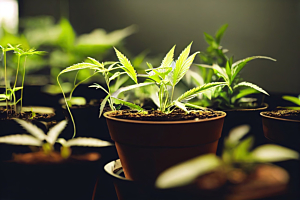Contents
Introduction to growing mediums
Choosing the right grow medium for your cannabis plant
Less popular cannabis growing mediums
Summarizing: Which is the best growing medium for cannabis?
Choose a medium that’s awesome
Top-shelf cannabis can be grown with soil, synthetics, or hydroponics, but what’s the best medium for weed seedlings? All growing media display pros and cons, so balance them to make your choice.
Marijuana cultivators can pick between three typical styles: natural soil, hydroponic setups, and soilless synthetic substitutes. These methods require water, oxygen, and nutrients to be delivered effectively to the roots.
Read on to discover how these styles measure up and what growing medium you should use for your cannabis crop.
Let’s dig in.
Introduction to growing mediums
The growing medium for cannabis is where the roots rest or simply where the plant resides. There are several different ways to cultivate marijuana, each presenting positive and negative points.
Most pot growers use organic soil as the basis of their substrate. The traditional form usually contains most of the vitamins and minerals your plants need.
Soil and compost mixes are the most popular, cheap, and widely-employed grow mediums.
Local conditions, climate, and environment might make other options more attractive. Soilless and synthetic options like perlite, rockwool, coco coir, and vermiculite all provide valid alternatives, helping growers to navigate varying conditions.
Hydroponics is more costly and complicated to set up and run. The results can be incredible, with heavy yields of high-quality buds coated in glittering trichomes. To maximize this potential, hydro requires some experience, with the nutrient mix crucial to success.
Before ordering your weed seeds, you should decide which growing medium best suits your needs.
Choosing the right grow medium for your cannabis plant
While crops thrive almost anywhere with sufficient water, oxygen, food, and sunlight, the home of the roots is central to success. It facilitates nutrient transfer to the plants, promoting robust and rapid growth.
Choose the medium you think best serves your interests. Most beginners compare soil vs. hydro growing, but each offers positives and negatives that you should consider.
We investigate the three main categories below.
Soil & compost
Easily obtained, natural, cheap, and practical, soil is arguably the best growing medium for cannabis. It generally contains a ready stock of minerals that should cover the plants for at least the first few weeks of growth.
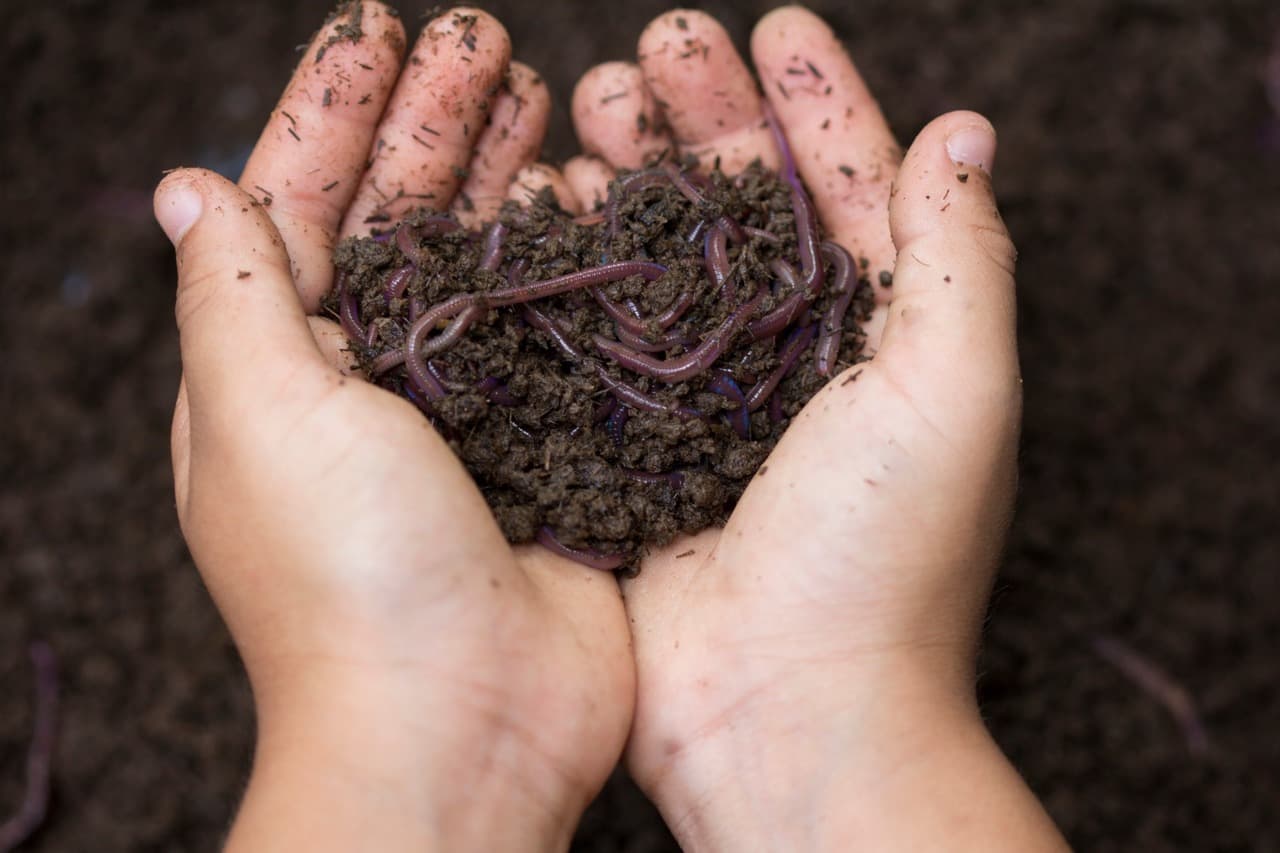
The best soil to grow weed is loose, sterilized, non-peat-based potting compost. Mix yours with a soil conditioner like perlite, as the small, light, white rocks improve drainage. They also increase the oxygen available to the roots, boosting plant development.
The main problem with soil mixes is that the nutrients are in the ground, and the roots grow to seek them out. It means growth is slower, and yields are more petite. The compensation is the highlighted, nuanced flavors and aromas of the cannabis flowers.
Living soil mediums and cannabis compost can attract some unwanted visitors. Insect pests and bacteria usually thrive in conditions that aren’t conducive to vigorous cannabis growth.
Ensure your substrate is healthy, and keep a close eye on the crop for signs of distress. Early detection is key to minimizing the impact of bugs or diseases.
|
Pros |
Cons |
|
Easy for beginners |
Higher risk of pests or pathogens |
|
pH changes are less severe |
Lower growth outputs |
|
Soil adds to the flavor profile |
Slower development delays spotting issues |
|
Best for natural, organic growth |
Not all soils have what cannabis needs |
|
Contains nutrients for 3–4 weeks |
|
Coco coir, perlite, rockwool blocks, and other soilless mixes
Soilless mixes are inert substances that mimic soil. The big difference is that you must add nutrients to water to feed the crops. As the nutes go straight to the roots, growth is faster, and outputs can be significantly heavier.
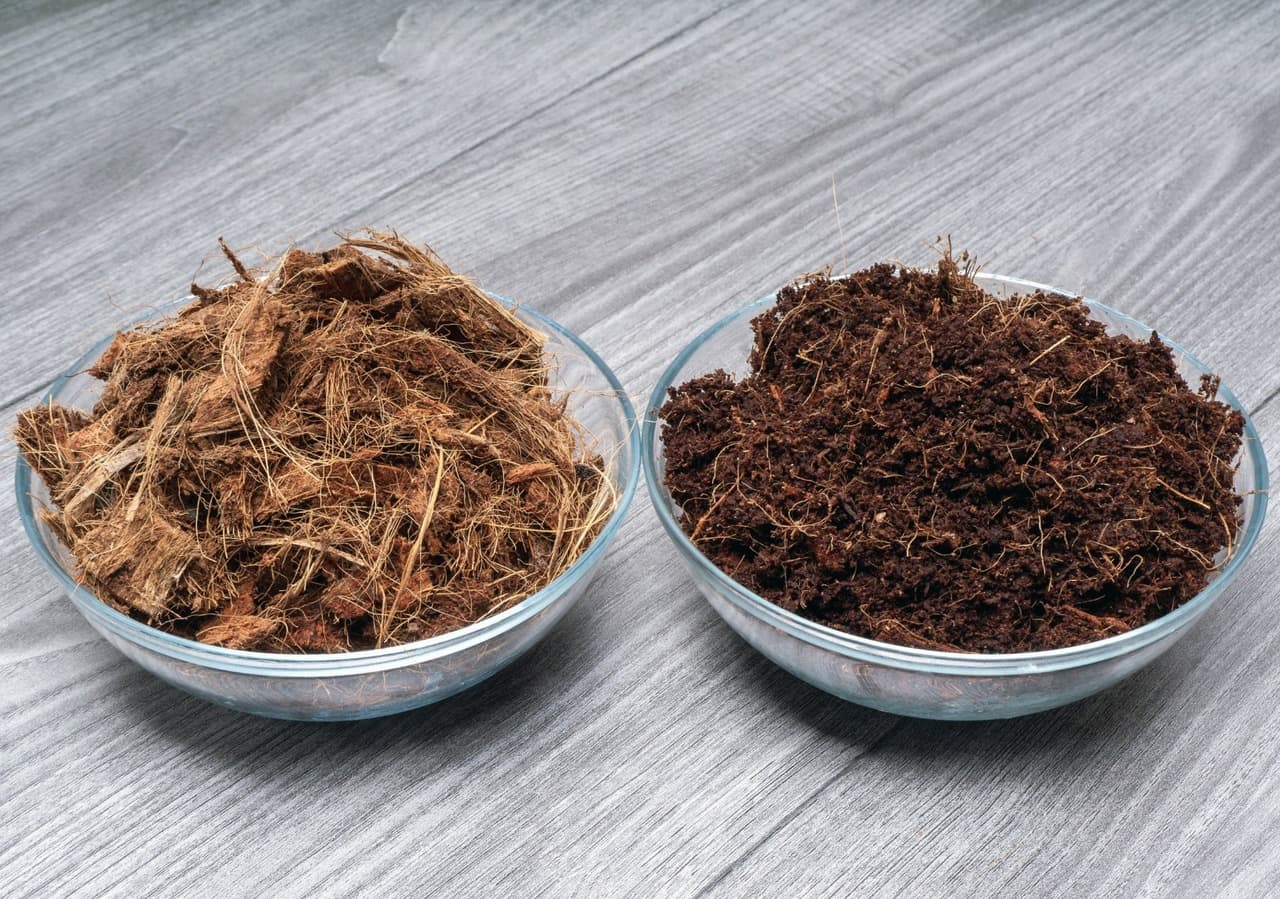
A soilless grow medium for weed is technically hydroponic, and these options offer explosive growth, heavy outputs, and sterile surroundings.
Overwatering is less of an issue because there’s better drainage and water retention. Soilless mediums have fewer problems with bugs as they’re inactive and unattractive to pests and critters.
- Coco coir: Made of coconut fiber and pith that acts similarly to soil. Coco for cannabis is a popular choice for cultivation.
The only significant difference is that it drains more rapidly, requires moisture, and delivers huge plants with repeated feedings.
- Perlite: Manufactured from expanded volcanic rock, you can add this soil amendment to soil or coco coir to improve aeration and drainage.
The small white pebbles help to reduce the risk of overwatering and nutrient buildup. Perlite doesn’t retain water, but it increases the amount of oxygen available to the roots, spurring production.
- Rockwool: Also known as stone wool, this soilless substrate is highly absorbent and aids root growth and nutrient uptake. It’s an effective medium for marijuana but has a 7.8 pH level, meaning it requires preparation before use.
Made by melting rock and sand and spinning it into fibers, this option doesn’t biodegrade.
|
Pros |
Cons |
|
Grow bigger crops and heavier yields |
Need nutrients from the start |
|
Complete control of nutes and pH |
Must check pH and EC regularly |
|
Almost as easy as growing in soil |
Harder to source |
|
Less chance of bugs and overwatering |
|
Hydroponics
Hydroponic operations have changed the face of 21st-century bud and may be the best growing medium for weed. This method effectively removes the middle of the equation, with the roots resting in the rich solution for a nutrient mainline.
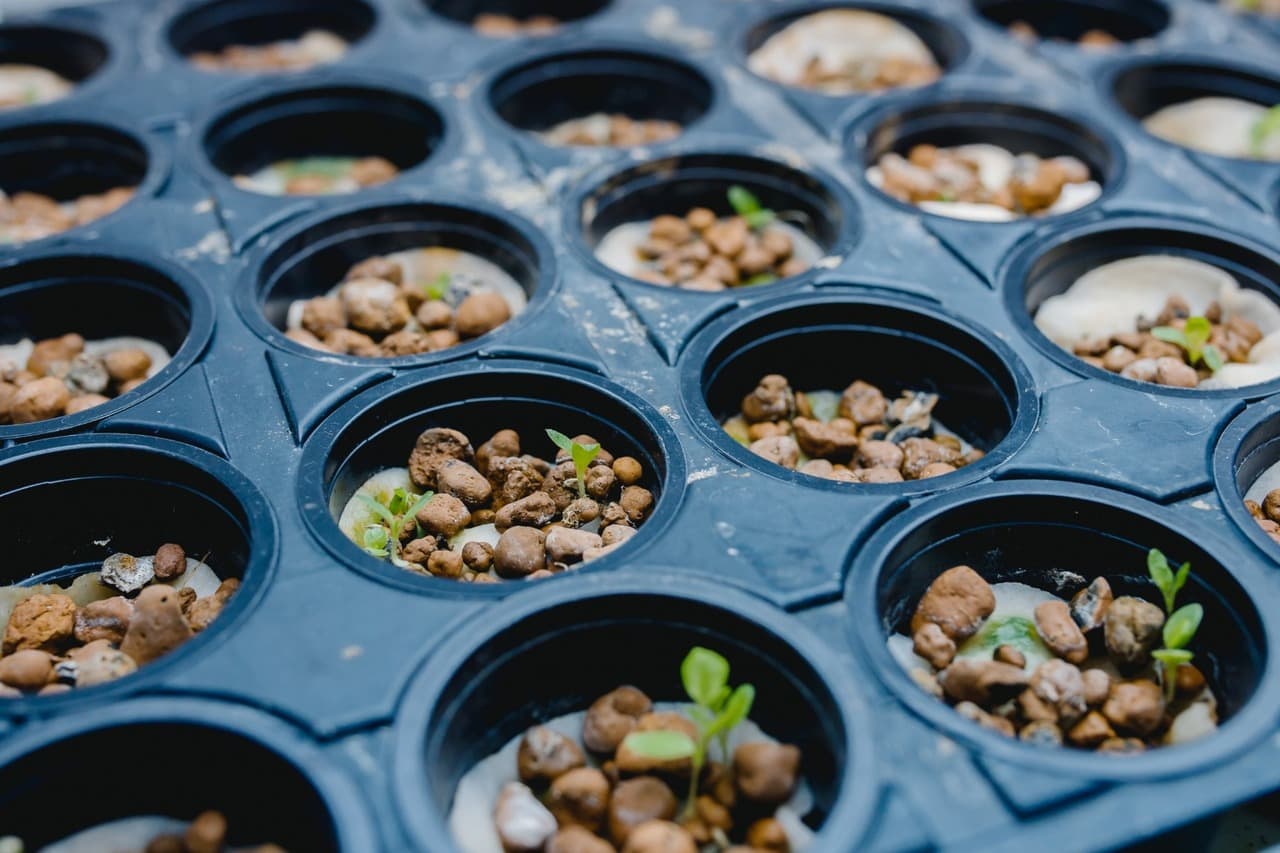
Hydro for cannabis generally refers to a method called Deep Water Culture (DWC) which pairs the inert medium with a food-water mix. It produces the fastest possible development, with the roots absorbing the necessary minerals.
Plants grow faster and bigger, producing heavy yields of smokable buds. Hydroponics is the apex of cannabis cultivation and is easier than it sounds. Importantly, hydroponics can be automated, taking care of tasks electronically.
Another technical alternative is “bubbleponics,” also known as top-fed DWC. This hybrid technique uses both DWC and hydroponic drip systems. It reportedly produces tremendous growth and may be the best medium for hydroponic weed.
Don’t waste your time with raft systems or mini-grows. Aeroponics (misted air) and aquaponics (fish) typically can’t produce sufficient nutrients to satisfy ravenous cannabis uptake.
Setting up a hydroponic cannabis farm from scratch is a daunting mission. The costs can spiral, and the operation is complex, but the spectacular results prove its efficacy.
|
Pros |
Cons |
|
Plants grow extensively, with greater yields |
Correct pH and nutrient settings are vital |
|
Low chance of disease and pests |
More costly |
|
Growers control pH and nutrient levels |
Less natural aroma and flavor |
|
Saves nutrients (recirculating system) |
Requires periodic cleaning |
Less popular cannabis growing mediums
It's possible to tailor a different substrate to meet the requirements of your marijuana crops. We list a few more obscure substrates that cannabis growers use below.
Vermiculite
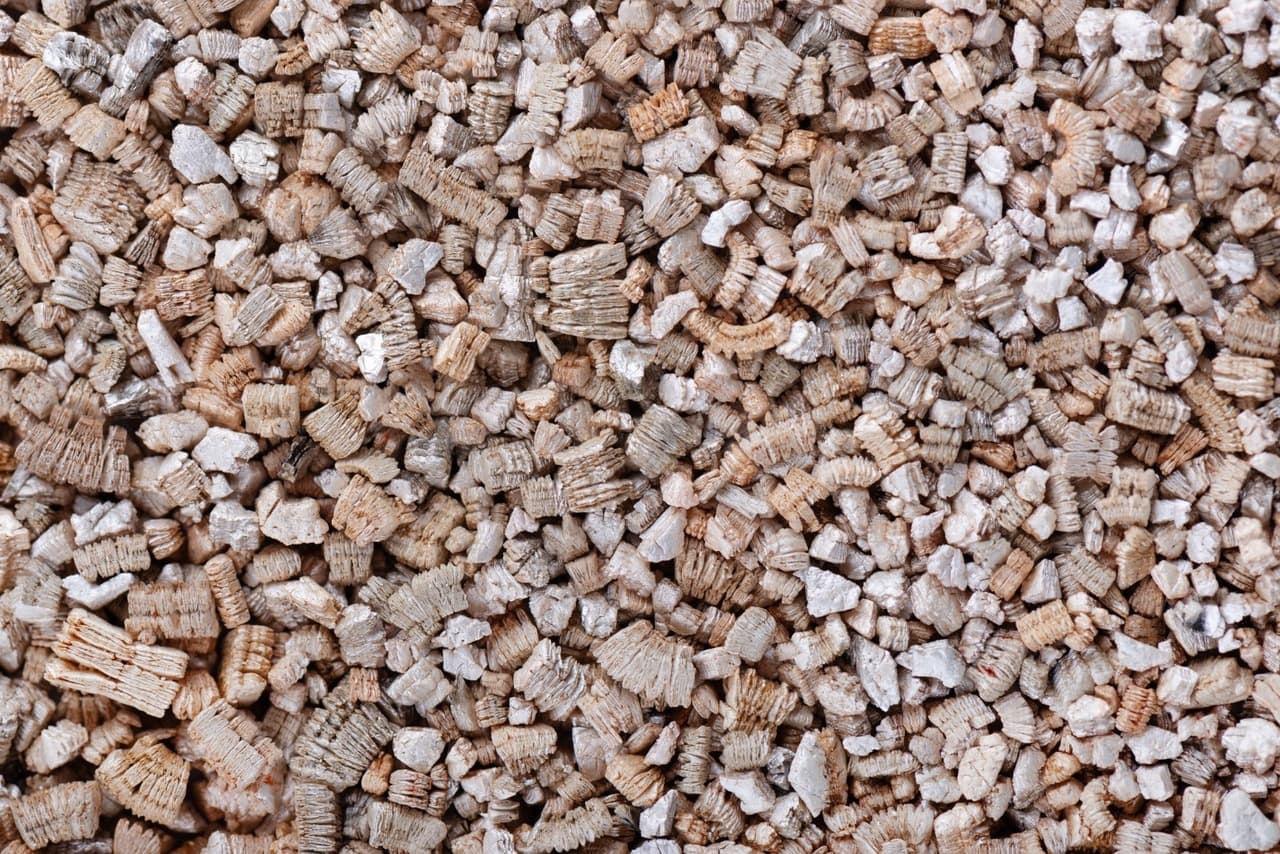
Vermiculite is a clay mineral used as a soilless growing medium for weed. It’s naturally occurring and often used in gardening and construction.
Horticulturists add peat or composted pine bark to mined vermiculite to create a soilless medium. It improves aeration and increases humidity.
This organic, asbestos-free variation assists young plants by providing a solid mooring. It promotes rapid root development, keeps the pH stable, and is a thermal insulator.
With a pH close to neutral and high water retention, the substance can absorb nearly four times its weight in water. It also holds onto nutrients well.
Odorless vermiculite can release water and nutes to the plants when most needed. The root zone stays wet for longer, also improving mineral uptake.
The high humidity can be a potential negative, as bacteria and fungi multiply and thrive in these conditions. They can negatively affect the host plant.
|
Pros |
Cons |
|
Reusable |
Mined in a few countries, non-renewable |
|
Sterile, pH close to neutral |
May retain too much water for some strains |
|
Strong water retention |
Difficult to find |
Worm humus
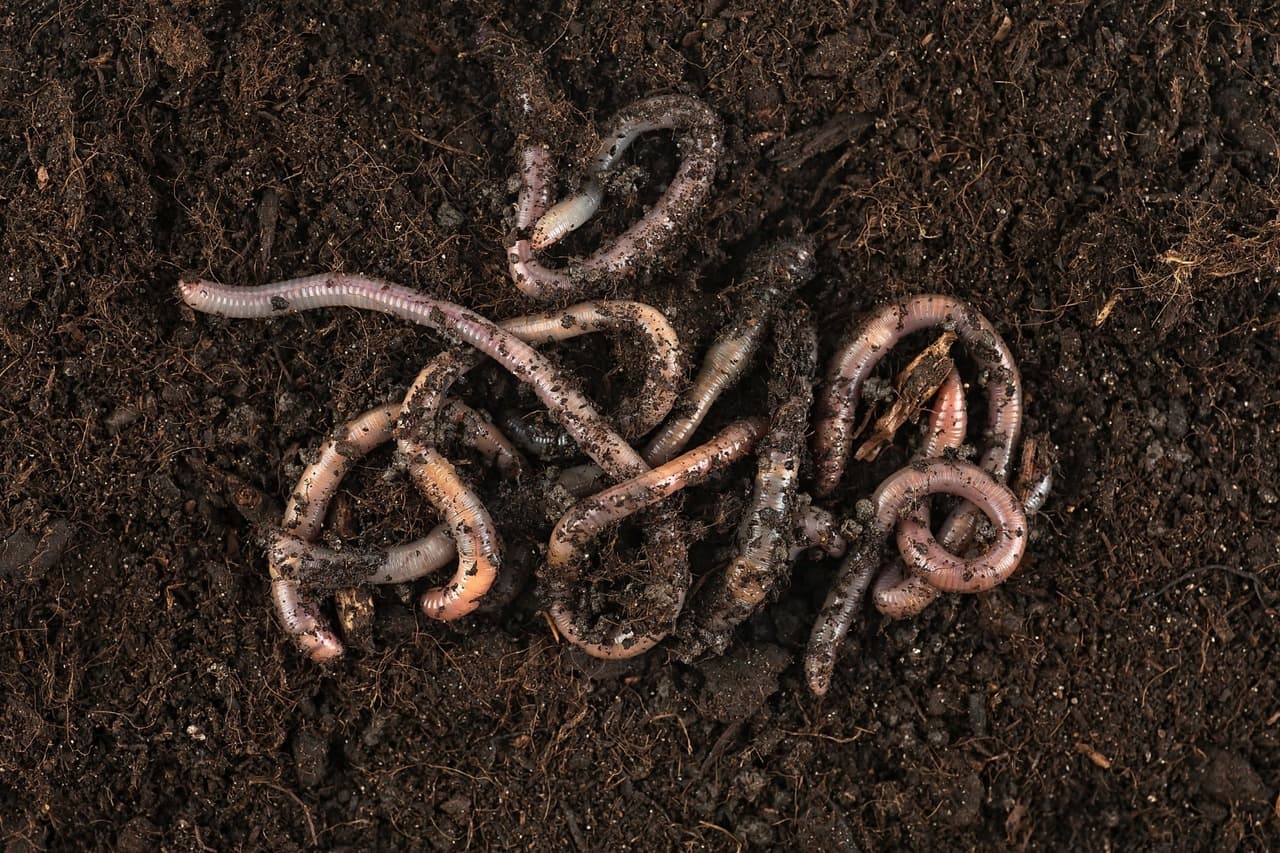
Worm humus is one of the best organic nutrients for cannabis. It improves soil quality by increasing minerals, water retention, and drainage. Humus is a mixture of animal and plant decayed matter recycled by the earthworm, so poop.
Earthworms break down dead and decaying matter into rich, vital soil that promotes healthy plant growth.
This marijuana growing medium is high in carbon and contains humic acid. The carbon and retained water combine to make carbonic acid, which breaks down mineral deposits.
Worm humus is a biological process that produces all the required nutrients for plant growth. This organic humus should comprise 10–20% of the total substrate mix. It combines well with coco coir.
|
Pros |
Cons |
|
Slow-release |
Doesn’t cover the flowering phase |
|
Makes more nutrients bioavailable |
Quality varies |
|
Doesn’t cause nitrogen burn |
Low NPK ratings |
Bat guano

Insect-eating bats produce guano with a high nitrogen content, making it ideal for the vegetative phase of cannabis cultivation. Fruit-eating bats excrete guano high in phosphorus which covers the flowering stage.
It provides all the nutrients your cannabis plants need, but bat guano is also a natural fungicide that keeps microbial life flourishing.
Bat guano is an organic alternative that contains all the macro and micronutrients your cannabis plants need. Some growers claim a noticeable difference in the flavor of buds grown with guano, making them sweeter.
Sourcing bat guano can be difficult and expensive, but getting the right stuff for your homegrown op is typically even more challenging.
Use in moderation, as too much can cause nutrient burn. It’s too potent for germination, young seedlings, and clones, but it’s a contender for the best cannabis growing medium.
|
Pros |
Cons |
|
Loaded with essential nutrients |
Expensive |
|
Adjusts pH to improve absorption |
Difficult to source |
|
Removes toxic elements |
Strong smell |
Arlite or expanded clay
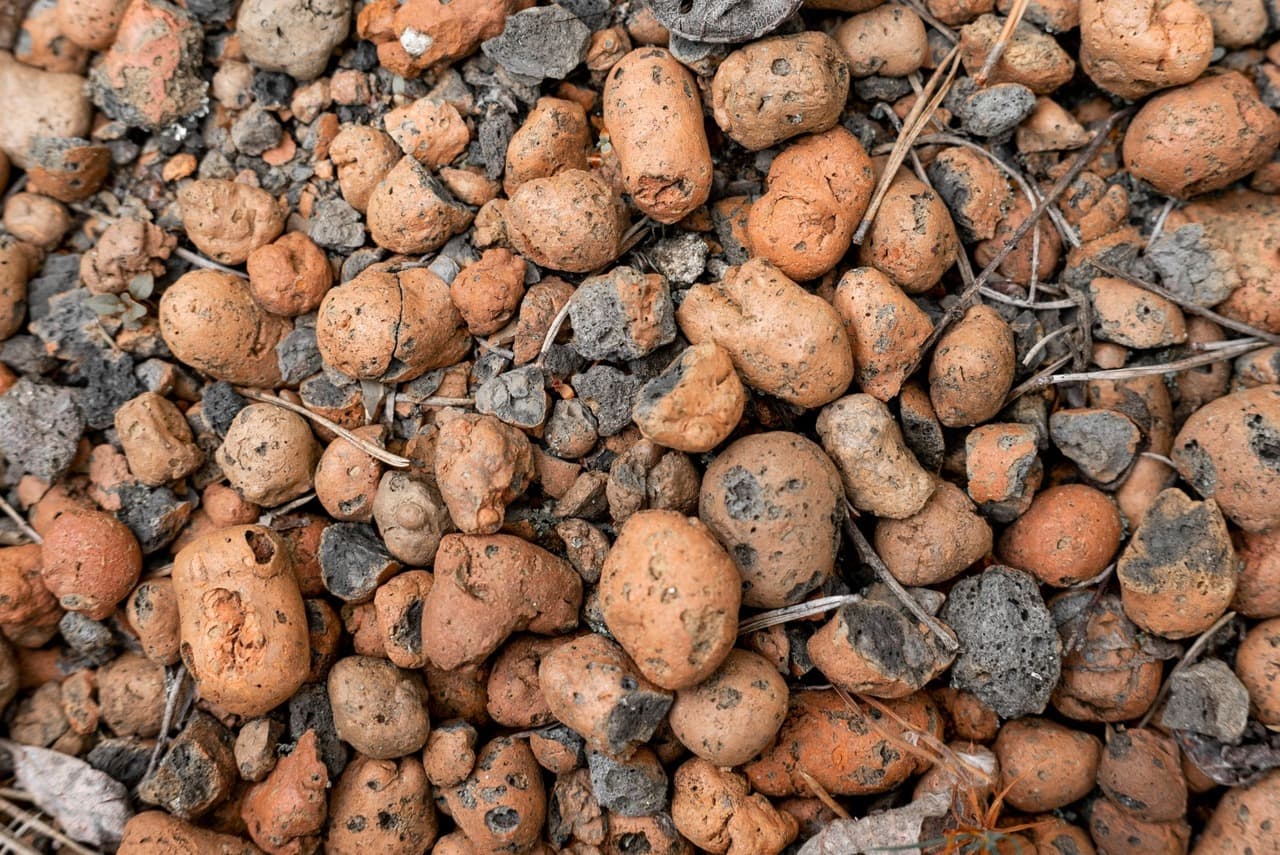
Arlite or expanded clay is a porous substrate that forms clay balls to improve oxygenation and drainage. Growers often line the pot’s base with them to avoid water retention that leads to root rot.
Hydroponic and aeroponic growers often use arlite, which is reusable and straightforward to maintain and clean.
|
Pros |
Cons |
|
Improves oxygenation and drainage |
Retains too much moisture for some strains |
|
Can be recycled |
|
Mycorrhizae
Mycorrhizae is the reciprocal relationship between a fungus and a specific plant. The former lives outside or within the crop’s roots in a mutually beneficial arrangement.
The plant’s roots can only extend so far, but mycorrhizae attach to them and grow into hyphae. They act as extensions, providing access to nutrients generally beyond reach.
In return, the plant donates lipids and sugars from photosynthesis to the mycorrhizae. The crop thrives with extended flowering and heavier yields, and some growers consider it the best medium for growing cannabis.
|
Pros |
Cons |
|
Increased growth and foliar quality |
Can be a carbon drain |
|
Profuse flowering |
Can suppress growth in certain conditions |
|
Resistance to pests and disease |
|
Humic and fulvic acids
Humic and fulvic acid operate together to improve conditions and ease the uptake of nutrients. The former enhances the quality of the soil and increases development, while fulvic acid aids absorption and allows plants to access minerals.
Humic acid is the main ingredient in humus. You can add it to the soil, make a foliar spray, or apply it directly on the roots. The soil’s water retention improves, and this natural growth stimulator increases microbial activity.
The acids also elevate cation exchange, which is the soil’s ability to hold positively charged ions. It indicates how nutrient cations attract the charged root cells, illuminating the potential for transfer.
Humic acid has a slow-release long-lasting action, while fulvic acid acts instantly but isn’t much for endurance. These acids produce better soil structure and decrease toxin levels. Follow the recommended dosage on the packaging.
|
Pros |
Cons |
|
Can reduce pH |
Too much can slow growth |
|
Increases plant metabolism |
Overdosing is possible |
Summarizing: Which is the best growing medium for cannabis?
There’s no simple answer to this question. It depends on your aims and ambitions.
- Hydro is best for high yields and explosive growth.
- Soil is best for natural flavors and simplicity.
- Soilless media try to give you the best of both worlds.
All these methods provide effective substrates for the production of epic marijuana flowers. Consider cash, time, and effort issues to decide your route.
Choose a medium that’s awesome
Your cannabis growing medium choice comes with pros and cons. Soil substrates offer the most natural, cost-effective method, but hydroponics can swell production and save on nutrients and water in the long run.
Soilless options provide the familiarity of soil with an inert medium that deters pests. Growers mix and match soilless variations like perlite and coco coir to modify for local conditions and maximize growth rates.
Once you pick your desired medium, buy your favorite cannabis seeds, and get germinating. At SeedSupreme, we have over 4,000 strains, so we’re bound to have what you’re looking for, irrespective of the growth method you choose.









